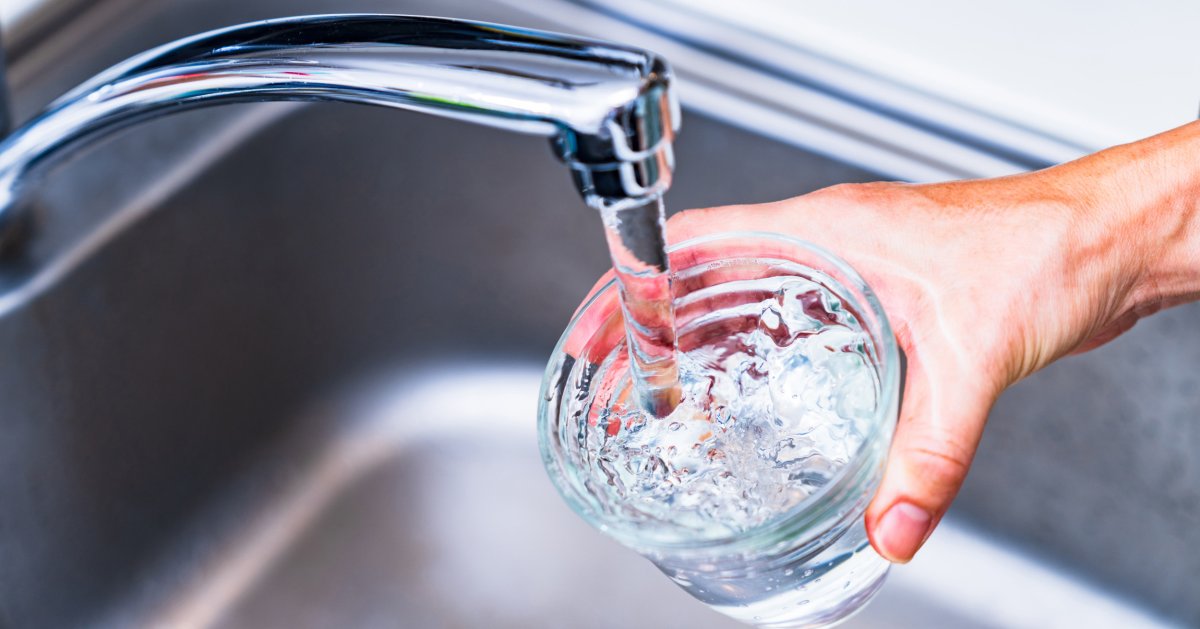
The U.S. Environmental Protection Agency (EPA) on Wednesday said it plans to rescind some drinking water regulations and push compliance to 2031 for public water systems in regard to per- and polyfluoroalkyl substances (PFAS) in drinking water, a move that could delay water bill rate hikes proposed by municipalities in multiple states.
Newsweek reached out to the EPA by email for comment.
Why It Matters
PFAS are a group of human-made chemicals found in a wide range of consumer and industrial products, including nonstick cookware, firefighting foams, and water-repellent fabrics. They are dubbed “forever chemicals” because they do not easily degrade in nature or the human body, accumulating over time and posing health risks including cancer, liver damage, and developmental effects in infants.
The Biden-era rule had set enforceable limits for six PFAS, requiring utilities to test for and reduce them by 2029. Under the new rule announced by the EPA, that deadline is pushed to 2031 for two of the most well-known PFAS, PFOA and PFOS. The same announcement said the EPA plans to rescind the requirements for four other PFAS: PFHxS, PFNA, HFPO-DA and PFBS.

show999/Getty
What To Know
After the Biden-era rule was announced, municipalities around the nation took a closer look at their water treatment process, with some proposing significant rate hikes to allow for new nanofiltration systems to reduce the PFAS levels in the water supply.
For example, officials in Broward County, Florida, were considering two new nanofiltration systems for their water treatment plants, which could cost as much as $500 million and possibly cause residents’ water bills to triple.
Under the new rule, some water bill rate increases might be delayed, the National Rural Water Association (NRWA) Deputy CEO Vern Steel told Newsweek.
“It is possible that some rate hikes will be delayed as water systems will have more time to comply with the revised rule,” Steel said. “The additional time will also allow new treatment technologies to come online, which are likely to be more affordable and effective.”
Steel added: “However, small water systems impacted by PFAS are highly motivated to remove these contaminants as quickly as possible, as their staff and leaders all drink the same water as the rest of their customers.”
While the new rule could delay water bill hikes, some see it as concerning. Some states have already started making an effort to preserve the Biden-era ruling.
For example, earlier this year, California Assemblyman Jesse Gabriel, a Democrat, proposed a bill that would maintain or strengthen current federal limits for “forever chemicals” in drinking water, even if the Trump administration repealed the prior EPA ruling.
What People Are Saying
EPA Administrator Lee Zeldin said in an EPA press release: “The work to protect Americans from PFAS in drinking water started under the first Trump Administration and will continue under my leadership. We are on a path to uphold the agency’s nationwide standards to protect Americans from PFOA and PFOS in their water. At the same time, we will work to provide common-sense flexibility in the form of additional time for compliance. This will support water systems across the country, including small systems in rural communities, as they work to address these contaminants. EPA will also continue to use its regulatory and enforcement tools to hold polluters accountable.”
Association of State Drinking Water Administrators Executive Director Alan Roberson said in the press release: “ASDWA supports EPA’s proposed approach to the PFAS regulation to extend the compliance date for systems by an additional two years. With the current compliance date of 2029, states and water systems are struggling with the timeframes to complete the pilot testing, development of construction plans, and building the necessary treatment improvements. EPA’s proposed extension of the compliance date and increased technical assistance will address the number of systems that would be out of compliance in 2029 due to not being able complete all of these tasks on time.”
Gabriel said in a report by The Hill: “Californians shouldn’t have to worry that their drinking water has been contaminated by toxic forever chemicals that are linked to deadly cancers and other serious health harms. Unfortunately, we have seen recently efforts by corporate polluters to challenge the federal standards. They’re trying to weaken and roll back these protections that are so essential for our communities.”
What Happens Next
The EPA will issue a new proposed rule in the fall and aims to finalize it by spring 2026. The agency also announced a PFAS outreach campaign to “establish a federal exemption framework, and initiate enhanced outreach to water systems, especially in rural and small communities,” according to the press release.




